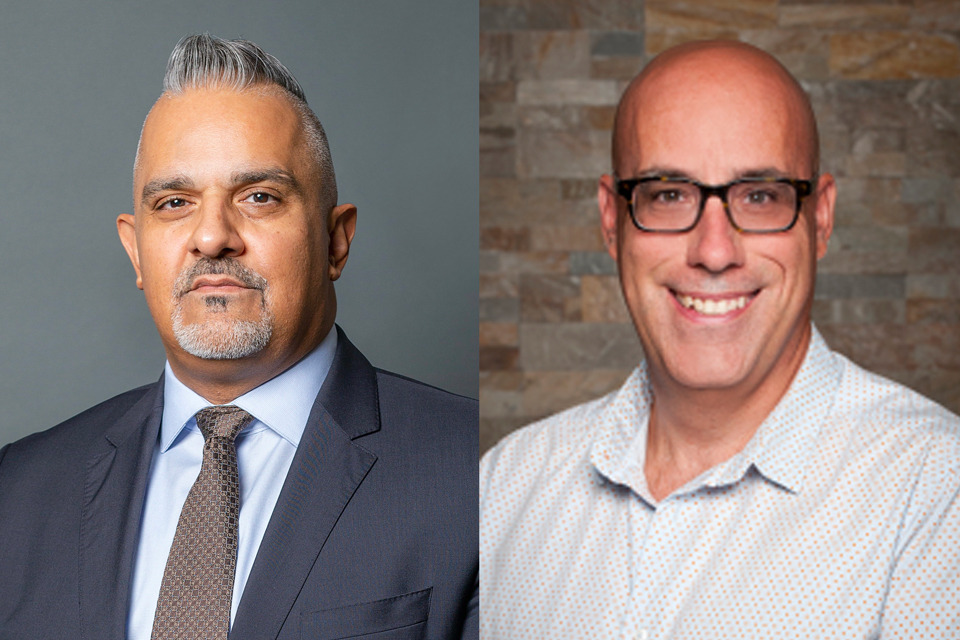by Chonglu Huang
Writer
The current pandemic has thrown both professors and students into a new educational reality—one that became completely online for the recent Winter 2020 semester and may remain so for an unknown period of time.
This sudden transformation puts supplementary tech-based teaching tools at the forefront of education. So how are educators adapting?
Technology strengthens a ‘flipped classroom’ approach
At uOttawa Faculty of Medicine, thanks to pre-existing online tools and a robust IT and academic support system, professors like Dr. Alireza Jalali were able to transition quickly this spring. Dr. Jalali, an associate professor and head of the Division of Clinical and Functional Anatomy, completed his functional anatomy course for MD students entirely online.
“We were lucky in anatomy because we’ve been doing online modules for years,” said Dr. Jalali, who is an innovator of digital media based teaching tools, using podcasts and social media channels like YouTube and Facebook.
In fact, he has his own course website, iAnatomie.ca, where much of his dynamic course content is available right at the students’ fingertips, wherever they may be.
“I started applying these new tools to teaching back in 2007,” said Dr. Jalali, who also serves as the Faculty’s interim assistant dean. “It’s the idea of the ‘flipped classroom’ pedagogical approach where students learn parts of the material individually through technological tools, then come to class better informed and accountable to take part in a dynamic and interactive learning space.”
Even so, Dr. Jalali said that he had to adapt some aspects of the course structure for the realities of COVID-19. With the help of the Faculty’s IT department, Medtech, lectures were delivered asynchronously through slides with voiceovers from the instructor.
But the biggest change from in-person to online is in the assessment component of education.
“We also couldn’t do labs or lab exams, so we had to replace cadavers with digital anatomy teaching tools and used labelled images for online exams,” added Dr. Jalali.
Overcoming the challenges of evaluating students online
Dr. Eric Dionne, research chair in medical education at uOttawa-Institut du savoir Montfort is a leading researcher in the assessment and evaluation of course material.
As a cross-appointed associate professor in the faculties of Medicine and Education, he not only studies how to test, score and evaluate learning, but also teaches physicians and nursing grad students.
“It can be relatively straightforward to switch teaching from in-person to online, but it’s a lot more complicated to assess what has been taught when the testing can’t be done in a controlled environment in one physical location,” said Dr. Dionne. “This means that new ways of evaluation need to be developed where answers cannot be found on Google or copied from past tests.”
While adaptive testing provide one solution to delivering summative assessments online, it can be expensive to generate this type of instrument, where every student receives a different set of questions.
In an online setting, tests can be easily compromised and answer keys can be shared, but if students are asked to create something original, it is both more challenging and demonstrative of their skillset.
“The solution may not come from technology,” said Dr. Dionne. “Instead, educators need to develop other ways to measure performance such as getting the students to produce original work through a project or work as a team towards a complex deliverable.”
Dr. Jalali agreed that, fundamentally, quality education is achieved through pedagogical design, not defined by technology.
“The first thing that I tell people about online teaching is that, regardless of the technology, you as the instructor need to define your objectives and how to evaluate learning,” he said. “Define who your students are and what you want to achieve.”


